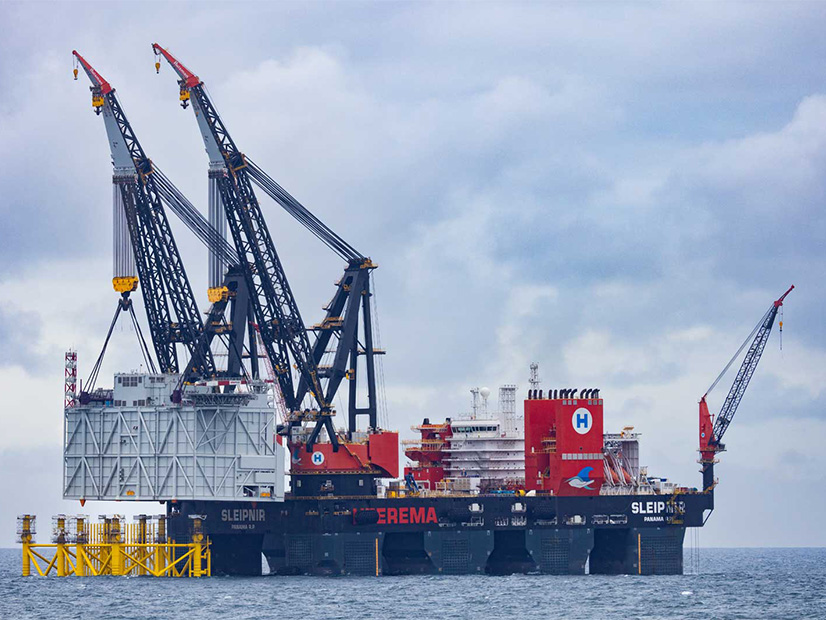
RWE, which holds offshore wind leases off the Atlantic, Pacific and Gulf coasts, said it is pausing capital expenditures on development there for two years due to increased risk and uncertainty.
The world’s second-largest wind power developer says it expects complications in the U.S. market in the wake of Donald Trump’s re-election as president.
RWE Chief Financial Officer Michael Muller said during a Nov. 13 conference call with financial analysts that the company still sees a long-term need for offshore wind power. It still sees value in its projects, and wants to keep its options open, but it needs to be careful about its investments, he said.
CEO Markus Krebber said: “In particular, we see higher risks and delays in U.S. offshore wind, and in the ramp-up of the hydrogen economy in our core European market.”
RWE is developing the Canopy Wind project off the California coast and holds a lease off the Louisiana coast. It also is developing Community Offshore Wind in the New York Bight in a joint venture with Natural Grid Ventures.
All of these projects are only in planning and are at best several years away from starting construction. But they give RWE exposure to a wide range of the technical, political and economic considerations facing the offshore wind industry as it tries to overcome recent challenges and get steel in the water in the U.S.
With the election last week of a strident wind power opponent as president, new challenges loom.
RWE expects its two-year pause on capital investments in U.S. offshore wind and European hydrogen projects will save it about 2 billion euros.
Krebber said RWE is more optimistic about U.S. onshore renewables.
The company sees very strong U.S. demand for types of power, and a particularly strong demand for green power through power purchase agreements (PPAs) — more than it can meet, in fact.
Potential loss of the investment tax credit under the second Trump administration would not reduce the demand for new electricity, Krebber said, although it might change the economics of developing generation to meet that demand.
Might that mean higher PPAs for RWE? The company cannot predict the future, Krebber said, as there are too many variables.
However, he said RWE has de-risked its supply chain and would undertake only de-risked investments.
An analyst asked what impact would be felt from higher tariffs, another possibility floated by Trump.
Krebber said RWE evaluates the supply chain risk on every U.S. project before it makes a final investment decision. And on each project, it has taken steps to protect itself, such as buying domestic products, shifting the risks onto suppliers, buying from suppliers not vulnerable to tariffs, or buying components early and stockpiling them in the United States.
“We feel very comfortable that we can expect no negative impacts [from] very harsh measures on our projects under construction,” he said.


